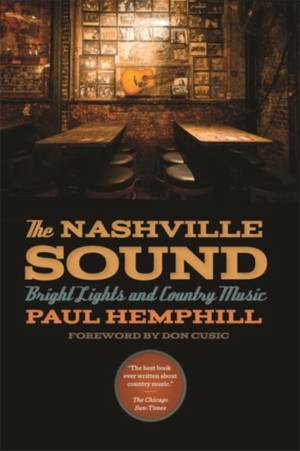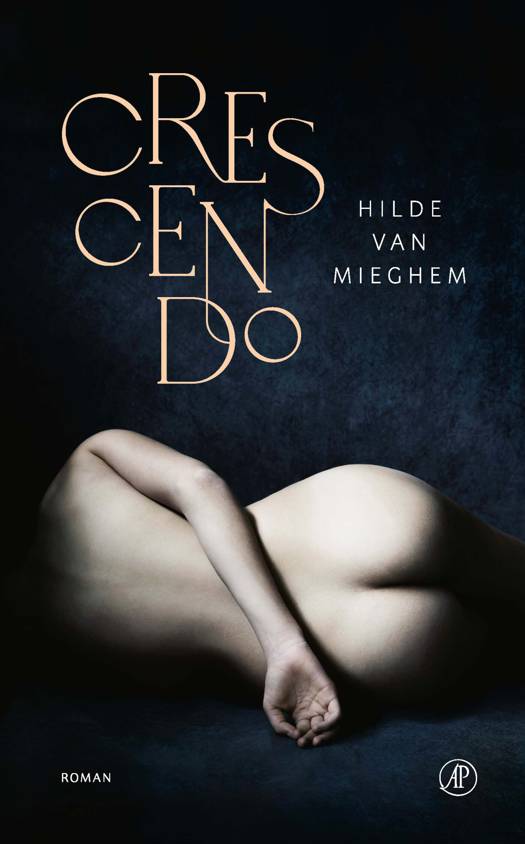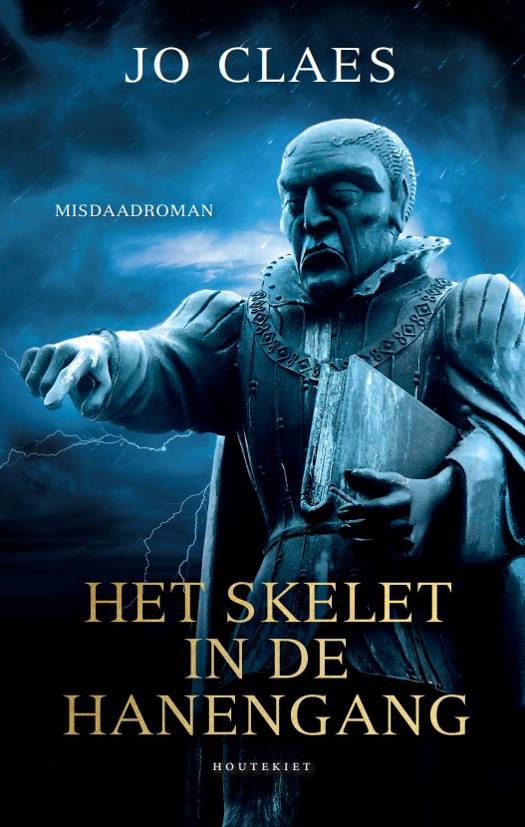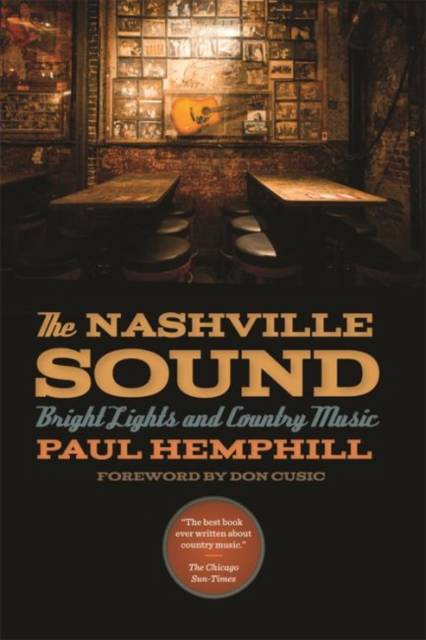
- Afhalen na 1 uur in een winkel met voorraad
- Gratis thuislevering in België vanaf € 30
- Ruim aanbod met 7 miljoen producten
- Afhalen na 1 uur in een winkel met voorraad
- Gratis thuislevering in België vanaf € 30
- Ruim aanbod met 7 miljoen producten
Zoeken
€ 40,45
+ 80 punten
Omschrijving
While on a Nieman Fellowship at Harvard, journalist and novelist Paul Hemphill wrote of that pivotal moment in the late sixties when traditional defenders of the hillbilly roots of country music were confronted by the new influences and business realities of pop music. The demimonde of the traditional Nashville venues (Tootsie's Orchid Lounge, Robert's Western World, and the Ryman Auditorium) and first-wave artists (Roy Acuff, Ernest Tubb, and Lefty Frizzell) are shown coming into first contact, if not conflict, with a new wave of pop-influenced and business savvy country performers (Jeannie C. "Harper Valley PTA" Riley, Johnny Ryles, and Glen Campbell) and rock performers (Bob Dylan, Gram Parsons, the Byrds, and the Grateful Dead) as they took the form well beyond Music City. Originally published in 1970, The Nashville Sound shows the resulting identity crisis as a fascinating, even poignant, moment in country music and entertainment history.
Specificaties
Betrokkenen
- Auteur(s):
- Uitgeverij:
Inhoud
- Aantal bladzijden:
- 296
- Taal:
- Engels
Eigenschappen
- Productcode (EAN):
- 9780820348575
- Verschijningsdatum:
- 15/04/2015
- Uitvoering:
- Paperback
- Formaat:
- Trade paperback (VS)
- Afmetingen:
- 155 mm x 208 mm
- Gewicht:
- 381 g

Alleen bij Standaard Boekhandel
+ 80 punten op je klantenkaart van Standaard Boekhandel
Beoordelingen
We publiceren alleen reviews die voldoen aan de voorwaarden voor reviews. Bekijk onze voorwaarden voor reviews.











